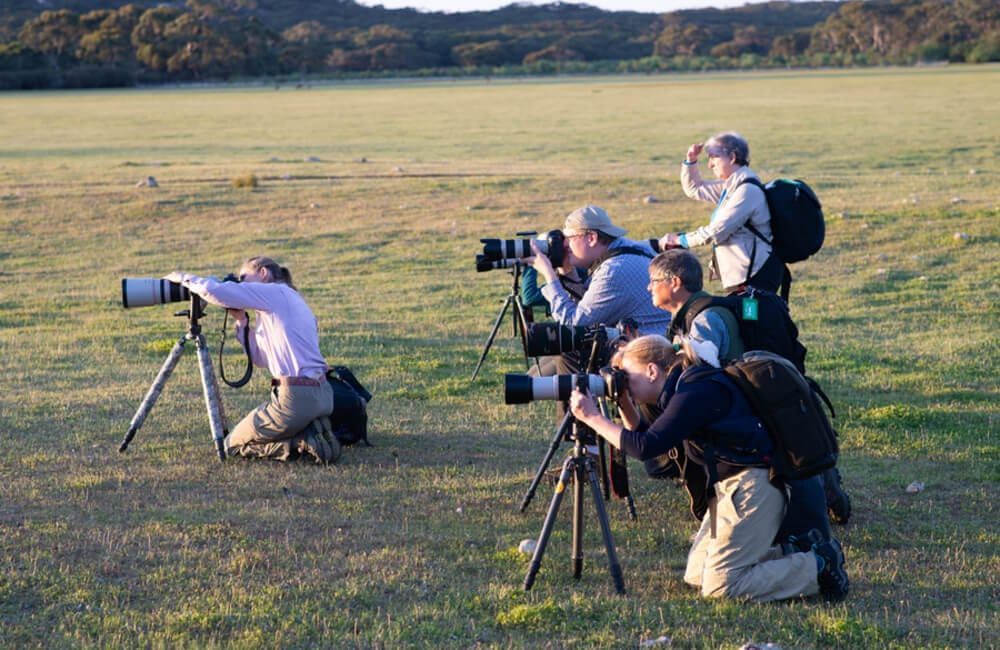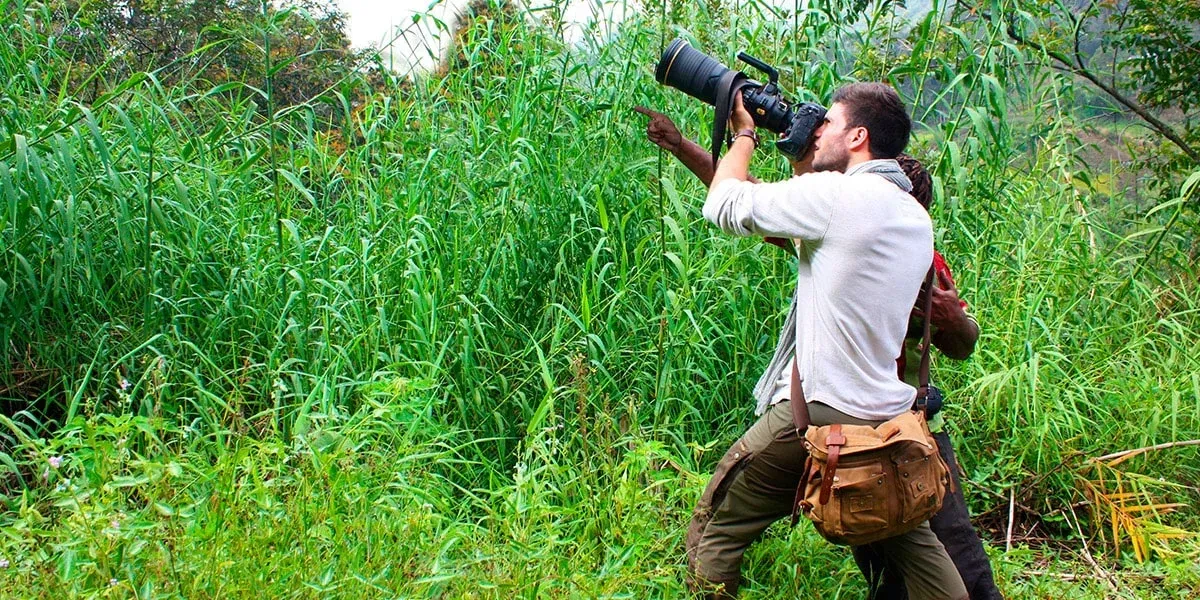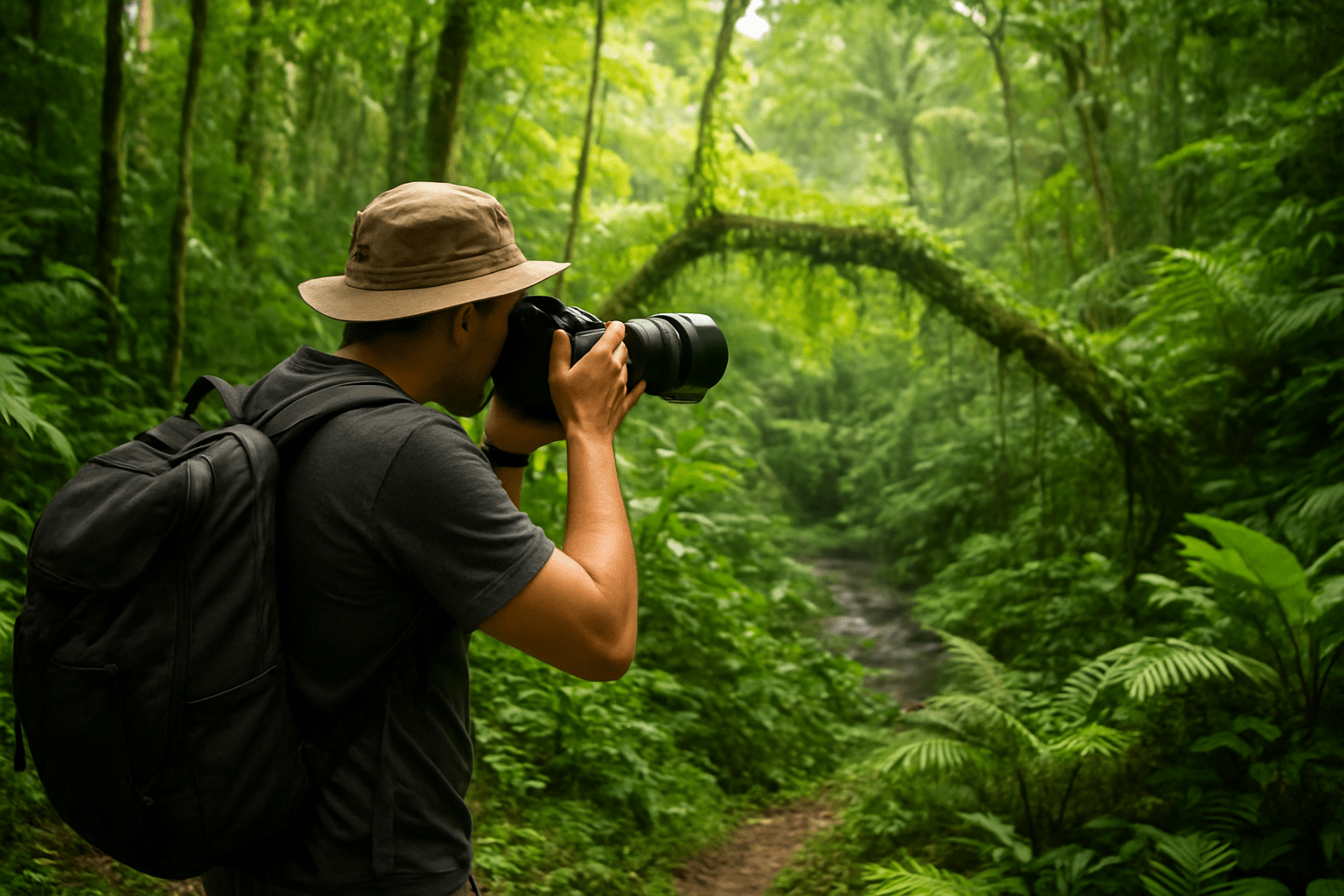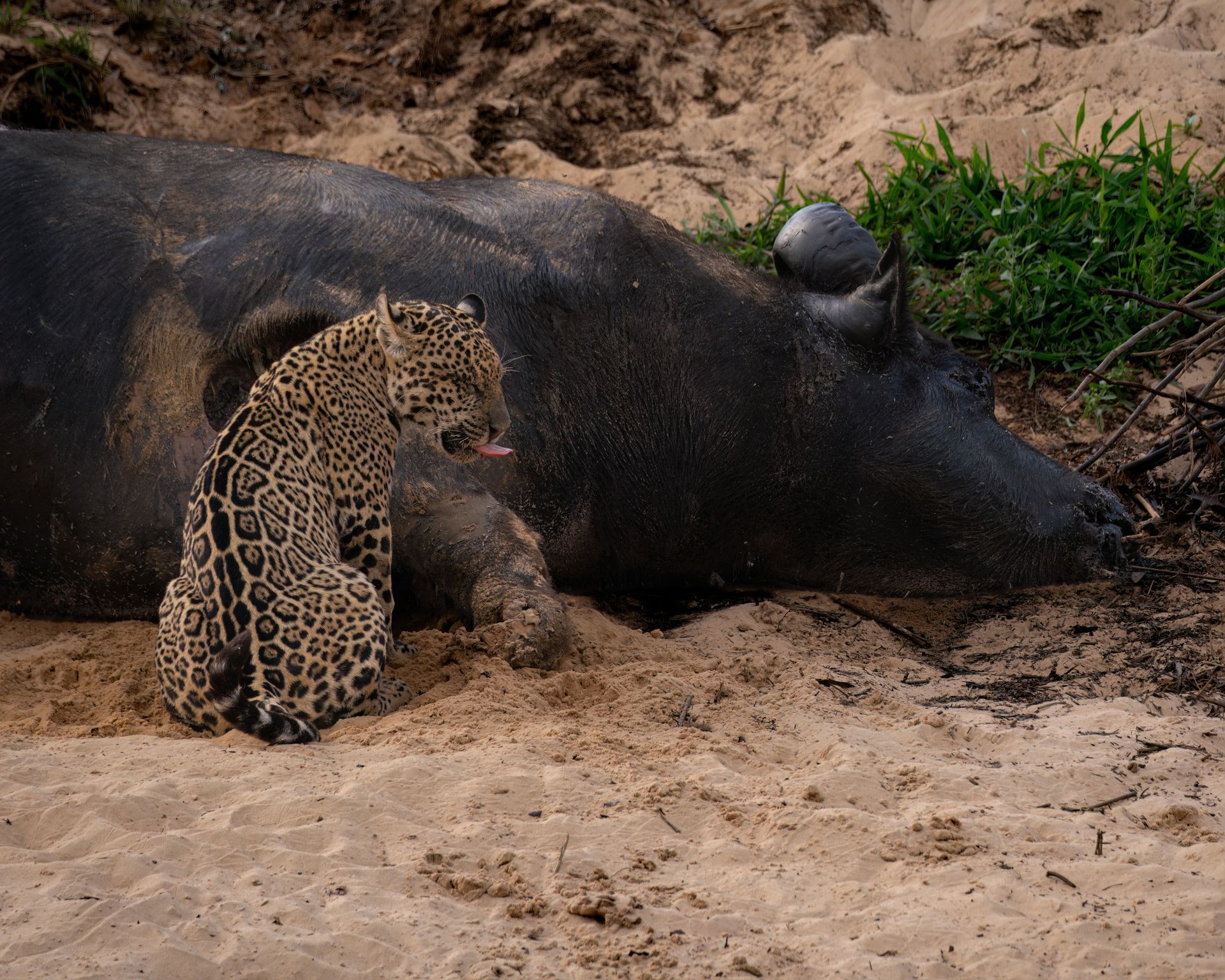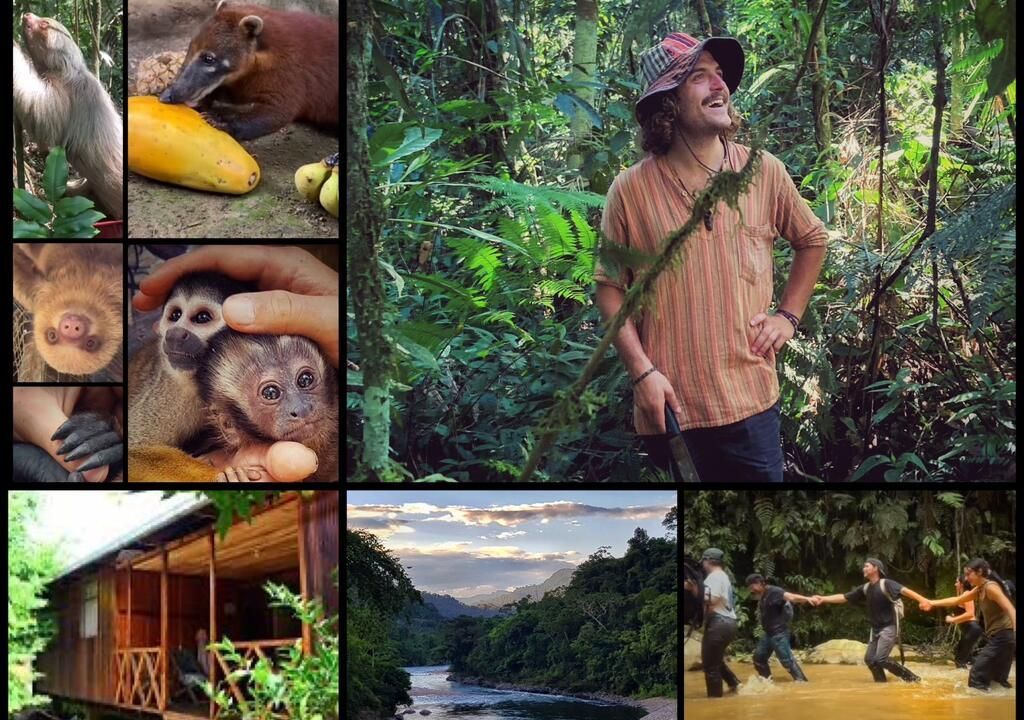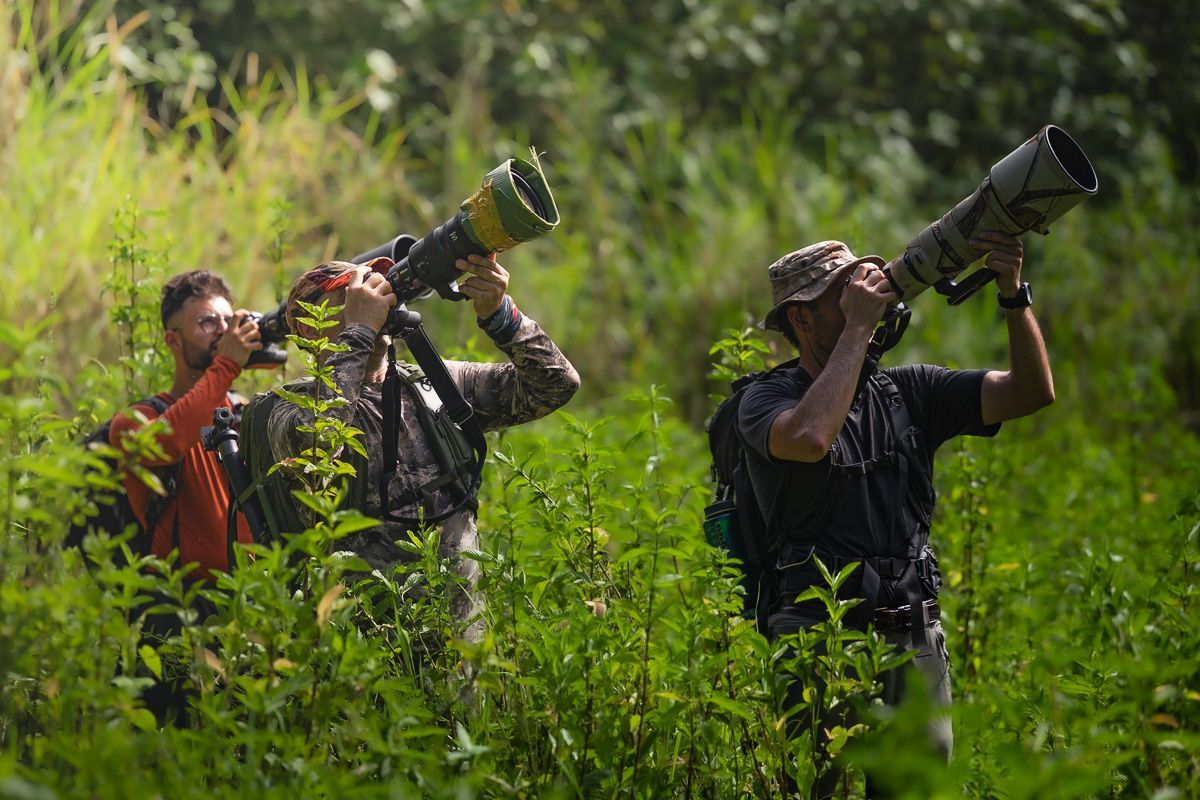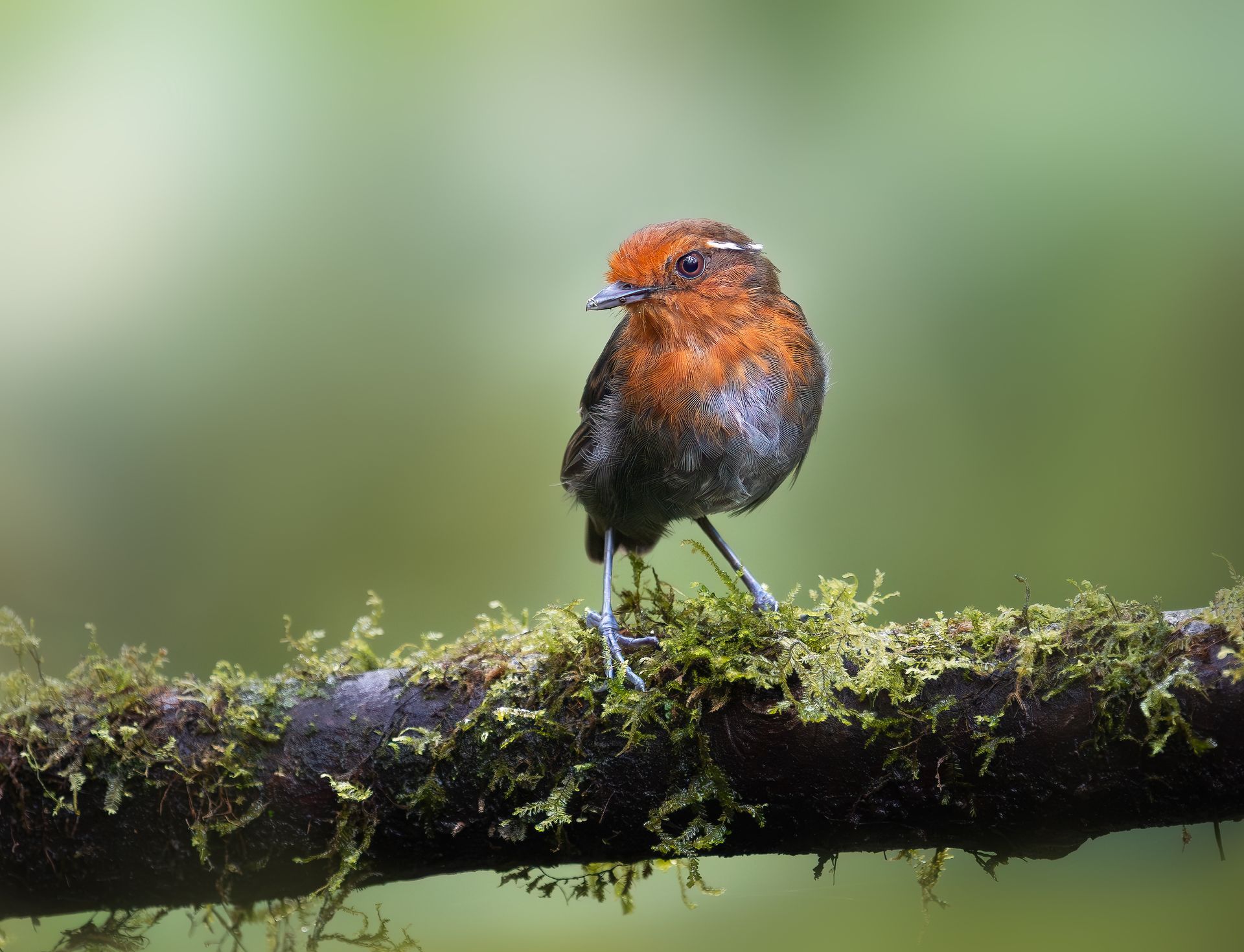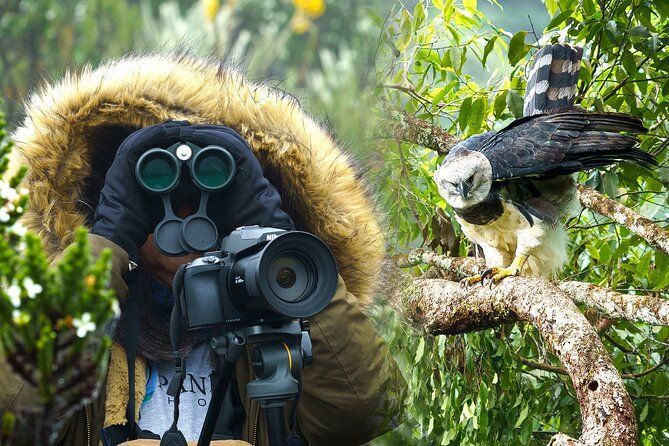What to Expect on Your First Bird Photo Tour in South America
What to Expect on Your First Bird Photo Tour in South America
Embarking on your first bird photography tour in South America is an experience of a lifetime. The continent is home to one of the richest avian biodiversities on the planet, from vibrant toucans and parrots to tiny hummingbirds and elusive raptors. Planning your first adventure can be overwhelming, especially when you want to capture perfect photographs while navigating unfamiliar terrain. Understanding what to expect will help you prepare mentally, physically, and technically for this incredible journey.
At Retorno Photo Tours, we aim to make your first experience seamless and unforgettable. Our guided tours are designed to cater to photographers of all skill levels while providing unique insights into bird behavior, habitat, and photography techniques. From the Amazon rainforest to the Andes mountains, each location offers a different set of challenges and photographic opportunities.
1. Guided Expertise is Key
One of the biggest advantages of joining a professional bird photography tour is having expert guides. Our guides are not only familiar with local bird species but also understand the best vantage points, lighting conditions, and times to spot rare or elusive birds. They provide hands-on tips on camera settings, composition, and natural light, ensuring you get the most out of your experience.
For first-time travelers, this guidance is invaluable. You don’t have to spend hours wandering aimlessly or guessing where birds might be. A knowledgeable guide can significantly increase your chances of photographing a diverse range of species, from vibrant tanagers to majestic harpy eagles.
2. Early Mornings and Peak Bird Activity
Birds are most active during the early morning and late afternoon, and these periods also offer the best natural lighting conditions. Expect to wake up before dawn to catch the golden hour, when soft light illuminates the forest canopy and mist rises from the trees. These early excursions are often the most productive for photography.
Late afternoon offers another window of activity as birds prepare to roost. The warm, directional light highlights feather textures and colors, perfect for dramatic compositions. Learning to work during these peak hours is crucial for capturing stunning bird images.
3. Diverse Habitats Across South America
South America offers a range of habitats that impact your bird photography experience. From flooded rainforests in the Amazon to dry woodlands and high-altitude cloud forests, each environment presents unique opportunities and challenges.
Dense rainforests require patience and often the use of hides or blinds to photograph shy species. Open savannas and wetlands allow easier access to waterbirds and ground-foraging species. Andean cloud forests feature vibrant hummingbirds and other high-altitude specialists. Being prepared for a variety of terrains ensures you can maximize your photographic opportunities.
4. Camera Gear Recommendations
Choosing the right gear is critical for first-time bird photographers. Telephoto lenses, ideally between 100-500mm, allow you to capture distant or small birds without disturbing them. A tripod or monopod provides stability for low-light situations, especially under dense forest canopies. Consider bringing multiple memory cards and spare batteries, as long field sessions can quickly deplete your resources.
Weather protection is also essential. Rain is common in tropical regions, and humidity can affect camera equipment. Waterproof covers, silica gel packs, and lens cleaning kits are recommended for keeping your gear in top condition throughout the tour.
5. Photography Techniques and Learning
During the tour, expect hands-on guidance on key photography techniques, including:
- Proper exposure settings to handle changing light conditions.
- Shutter speed adjustments to freeze fast-moving birds in flight.
- Using depth of field to isolate subjects from cluttered backgrounds.
- Composition tips, such as the rule of thirds and diagonal leading lines.
- Utilizing natural light for color saturation and mood.
Learning these techniques in the field allows you to immediately apply them, improving your skills faster than trial-and-error solo trips.
6. Wildlife Diversity You’ll Encounter
South America is home to an immense variety of bird species. First-time travelers will likely encounter toucans, parrots, tanagers, hummingbirds, macaws, and possibly rare species like harpy eagles or guans. Each region offers different photographic challenges:
- Amazon Rainforest: Dense canopy and flooded forests, home to trogons, antbirds, and parrots.
- Andean Highlands: Cloud forests with hummingbirds, manakins, and woodcreepers.
- Pantanal Wetlands: Waders, waterfowl, and raptors in open habitats ideal for long-lens photography.
7. Physical Activity Requirements
Bird photography tours require moderate physical activity. Walking on uneven trails, wading through shallow water, or taking small boat rides are common. Comfortable clothing, sturdy footwear, insect repellent, and adequate hydration are essential. Being physically prepared allows you to focus on photography rather than fatigue.
8. Cultural and Scenic Experiences
Many bird photography tours incorporate cultural stops and scenic landscapes. Visiting local communities, observing traditional practices, or exploring natural landmarks enriches the experience. These moments offer additional photographic opportunities beyond bird photography, allowing you to capture landscapes, local people, and wildlife in context.
9. Safety and Comfort Measures
Experienced guides ensure safety and comfort throughout the tour. They provide instructions for navigating potentially challenging terrain, avoiding hazards, and handling wildlife responsibly. Safety considerations also include weather preparation, hydration, and first-aid measures, allowing you to focus fully on photography.
10. Post-Tour Learning and Improvement
After the tour, you will have hundreds or thousands of images to review. Many tours offer post-processing guidance, image review sessions, and tips for improving composition and technique. This feedback is invaluable for first-time photographers, helping you refine your skills and prepare for future tours.
11. Emotional and Experiential Highlights
The first bird photography tour is not just about images; it’s an emotional and memorable experience. Witnessing rare species, observing courtship displays, or capturing vibrant plumage can create lasting memories. Sharing these experiences with fellow photographers and guides adds a social and educational dimension to the tour.
12. Planning Tips for First-Timers
To maximize your first tour, consider the following tips:
- Research the specific regions you will visit to understand bird species and habitats.
- Ensure your camera gear is suitable and in good working condition.
- Pack for early mornings, long days, and variable weather conditions.
- Be prepared to hike, boat, or explore trails as required by the tour.
- Stay flexible and patient—wildlife photography requires observation and adaptability.
13. Expectations vs. Reality
While bird photography tours can be thrilling, it’s important to manage expectations. Not every day will yield perfect sightings or photographs. Rain, overcast skies, or shy species may challenge you. However, the unpredictability is part of the adventure, teaching patience, observation, and adaptability.
14. Environmental Awareness and Ethics
Responsible photography involves respecting wildlife and habitats. Avoid disturbing nests or roosting birds, maintain a safe distance, and follow guide instructions. Ethical practices ensure the preservation of species and habitats for future photographers.
15. Building Confidence for Future Tours
Completing your first bird photography tour builds confidence, improves field skills, and teaches techniques that you can apply to other regions. First-timers often return home with valuable experience, beautiful images, and a desire to explore new locations.
16. Conclusion
Your first bird photography tour in South America is a combination of adventure, learning, and incredible wildlife encounters. By preparing your gear, understanding bird behavior, following expert guidance, and embracing early mornings and varied habitats, you will capture unforgettable images and memories. Retorno Photo Tours ensures your first experience is smooth, educational, and full of photographic opportunities. From the Amazon to the Andes, every moment offers a chance to witness the beauty and diversity of South America’s avian world.
This journey not only develops your photography skills but also connects you deeply with nature and wildlife. By planning carefully and following best practices, your first bird photography tour will be the first of many unforgettable adventures across South America.



